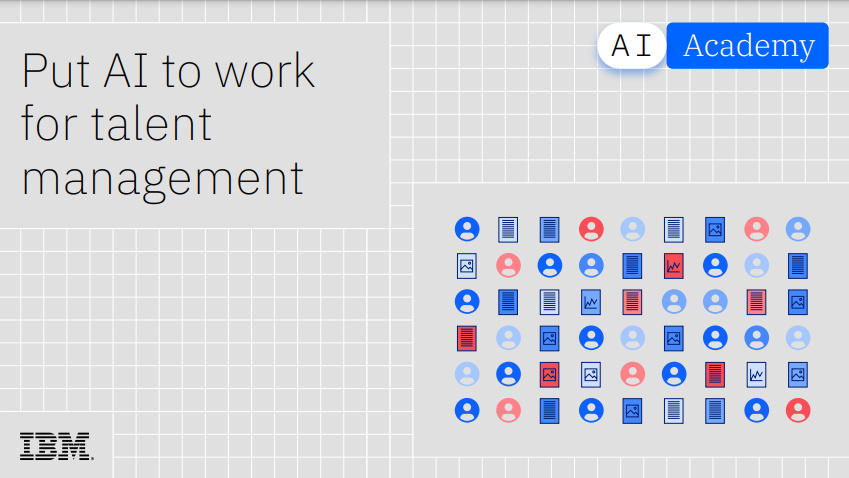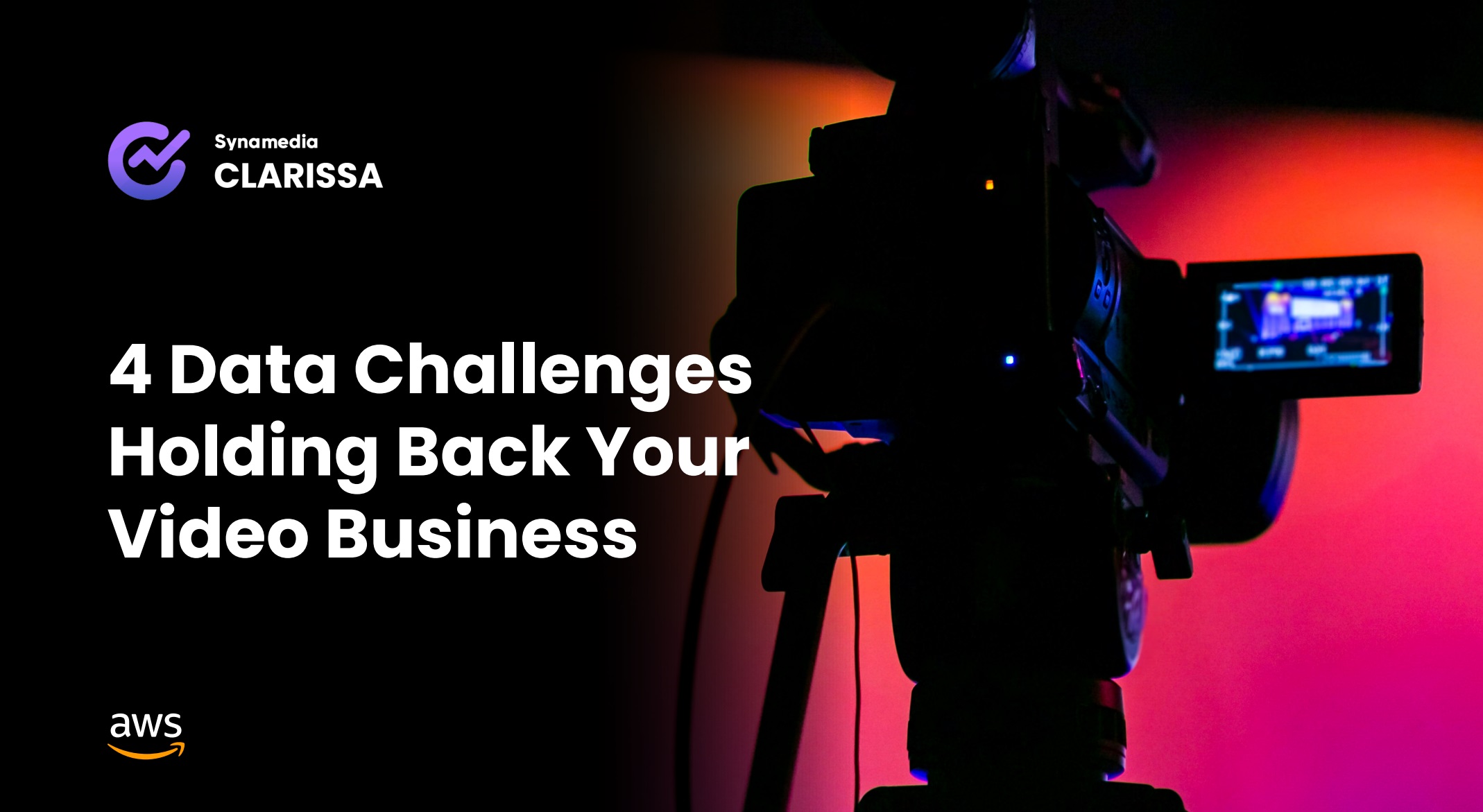Why predictive analytics is a top benefit of cloud for SMBs
Cloud isn't just about file sharing and collaboration. It offers powerful tools otherwise out of smaller organisations' reach


Many smaller organisations resist moving to the cloud because they can find it difficult to envision the benefits it brings. This means they miss out on having access to predictive analytics, arguably one of cloud’s most important features. Predictive analytics can open up whole new areas of knowledge, helping any business gain deeper understanding of its products and services, know more about its markets and users, and plan more effectively for its future.
Opening up the box
Predictive analytics encompasses a very wide range of tools. Bryan Betts, Principal Analyst at Freeform Dynamics explains: “Predictive analytics is a catch-all term for a set of extremely powerful statistical tools. In business they can support planning and decision making – for example, predictive analytics can look for patterns in data and use those to estimate the risk of a customer defaulting, of a machine-tool breaking down, or of traffic patterns on your local network being indicative of a malware or ransomware infestation.”
In short, anything an organisation thinks it would like to know can become available to it. In addition, predictive analytics often opens up new avenues of information that may not even have been considered before.
A third revolution in analysing data
Organisations have been doing a version of predictive analytics since the days when they totted up sales figures in manual ledgers and worked out what generated the most – and least – income for them, what sold best at different times of the year, what effect changes in pricing had, and so on.
When spreadsheets came along it became possible to ‘do the maths’ more quickly, to do more complex analyses, and even to automate the production of reports periodically. This was a revolution. It was possible to learn more, though not necessarily easy to mine out the truly useful information from the mountain generated from growing amounts of raw data.
What’s happened with cloud is another revolution – bringing a myriad more ways to look at data, adding in tools to help organisations see easily what’s important and useful, and producing really complex results with lightning speed. And it’s not just old-fashioned maths that’s used. ‘Fuzzy’ logic, sentiment analysis and more can provide new types of insights.
All of this means that organisations can gain a far greater depth of insight into their data. As Bryan Betts put it: “This stuff thrives – no, depends – on having loads of data to play with. So as well as trends from data within your own organisation, you can get predictions based on data from the wider community too.”
Get the ITPro daily newsletter
Sign up today and you will receive a free copy of our Future Focus 2025 report - the leading guidance on AI, cybersecurity and other IT challenges as per 700+ senior executives
Why not do it in-house?
Tools that are used by cloud services to analyse data in these multivariate and complex ways could be employed in-house, but there are very strong reasons why cloud is preferable for any organisation. Those same reasons are even more pronounced for smaller organisations, for whom the benefits of cloud are even greater.
Bill Hammond, founder of Big Data LDN explains: “Small organisations can take advantage of the massive compute power in the cloud to perform batches of analysis which would be almost impossible with the consumer-level hardware many small businesses use day-to-day.” He continues, saying that the upfront cost of buying the amount of compute necessary to match cloud computing power “would be prohibitive for a lot of small businesses, meaning they simply wouldn’t be able to afford the insight predictive analytics would offer them”.
Bryan Betts echoes this, saying the biggest advantage of using cloud to smaller organisations is “you can get access to enterprise-grade technology quickly and easily”.
Speculate to accumulate
There is no getting away from the fact that an organisation will have to spend money to get access to cloud. But if they do so, the benefits of sophisticated, leading edge tools to take an in-depth look at the masses of data they collect, and extract pearls of wisdom from that data can be vital to strategic planning.
“The advantages of cloud analytics include helping businesses more efficiently process and report data findings, enhance collaboration, and provide decision-makers faster access to business intelligence,” Hammons says. He gives a very practical example: “With small businesses having small budgets to match, every item on the shelves needs to be bought and predictive analytics can help forecast what customers will be looking for based on previous years.”
All this means that buying into cloud based predictive analytics gives smaller businesses a key advantage. As Bill Hammond concludes: “With the capability to predict unknown future events and get vital planning data, small businesses can grow by acting smart. They can punch above their weight, giving them a fighting chance against larger competitors with traditional resources.”

Sandra Vogel is a freelance journalist with decades of experience in long-form and explainer content, research papers, case studies, white papers, blogs, books, and hardware reviews. She has contributed to ZDNet, national newspapers and many of the best known technology web sites.
At ITPro, Sandra has contributed articles on artificial intelligence (AI), measures that can be taken to cope with inflation, the telecoms industry, risk management, and C-suite strategies. In the past, Sandra also contributed handset reviews for ITPro and has written for the brand for more than 13 years in total.
-
 Bigger salaries, more burnout: Is the CISO role in crisis?
Bigger salaries, more burnout: Is the CISO role in crisis?In-depth CISOs are more stressed than ever before – but why is this and what can be done?
By Kate O'Flaherty Published
-
 Cheap cyber crime kits can be bought on the dark web for less than $25
Cheap cyber crime kits can be bought on the dark web for less than $25News Research from NordVPN shows phishing kits are now widely available on the dark web and via messaging apps like Telegram, and are often selling for less than $25.
By Emma Woollacott Published
-
 Put AI to work for talent management
Put AI to work for talent managementWhitepaper Change the way we define jobs and the skills required to support business and employee needs
By ITPro Published
-
 More than a number: Your risk score explained
More than a number: Your risk score explainedWhitepaper Understanding risk score calculations
By ITPro Published
-
 Four data challenges holding back your video business
Four data challenges holding back your video businesswhitepaper Data-driven insights are key to making strategic business decisions that chart a winning route
By ITPro Published
-
 Creating a proactive, risk-aware defence in today's dynamic risk environment
Creating a proactive, risk-aware defence in today's dynamic risk environmentWhitepaper Agile risk management starts with a common language
By ITPro Published
-
 How to choose an HR system
How to choose an HR systemWhitepaper What IT leaders need to know
By ITPro Published
-
 Sustainability and TCO: Building a more power-efficient business
Sustainability and TCO: Building a more power-efficient businessWhitepaper Sustainable thinking is good for the planet and society, and your brand
By ITPro Published
-
 What is small data and why is it important?
What is small data and why is it important?In-depth Amid a deepening ocean of corporate information and business intelligence, it’s important to keep things manageable with small data
By Steve Cassidy Published
-
 Microsoft's stellar cloud performance bolsters growth amid revenue slump
Microsoft's stellar cloud performance bolsters growth amid revenue slumpNews The tech giant partly blames unstable exchange rates and increased energy costs for the slowdown
By Rory Bathgate Published